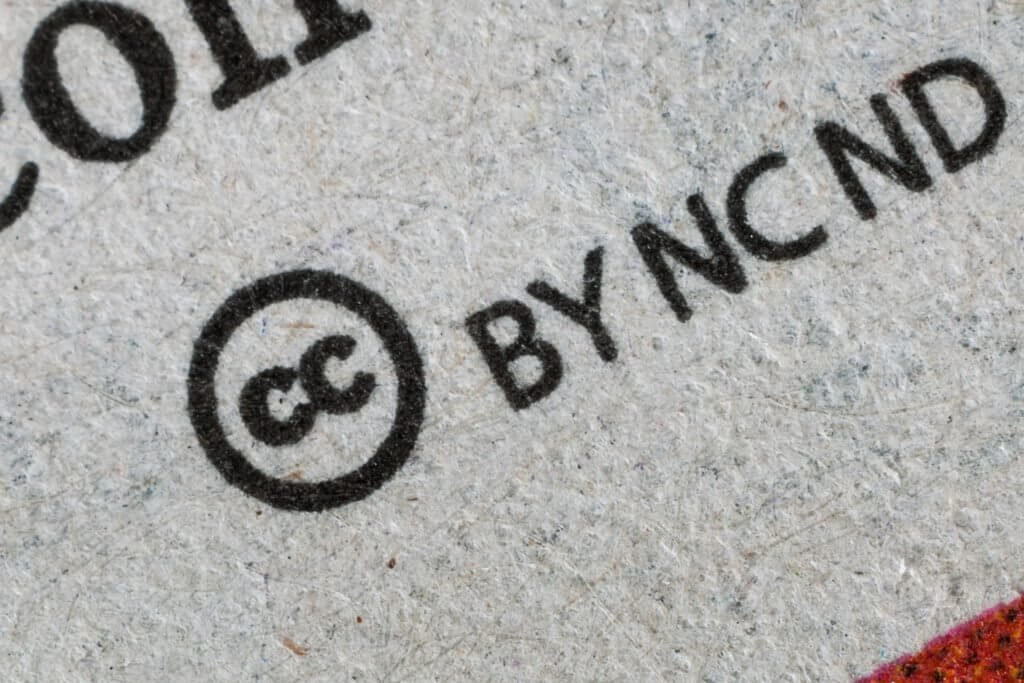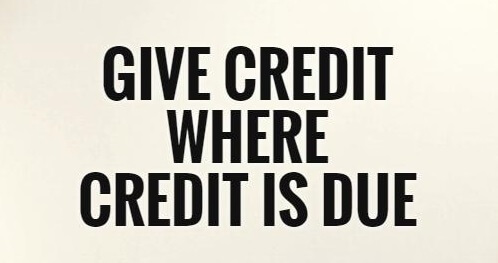How many times has it happened that you liked an image and you shared it on your socials? Did you think about the creator of that particular image at that moment? Did you bother to check the credentials of the photographer? The answer to most of these questions will be “NO.” We know because we also used to think the same. But then, one of the most important questions stuck in our mind: Is it Ethical?
In our visually driven world, photos hold tremendous power and impact. Whether you’re running a blog, managing a website, or sharing on social media, it’s essential to acknowledge and respect the creative efforts of photographers. In this comprehensive guide, we’ll explore the importance of photo credit, break down the elements of a proper credit line, and provide guidelines to ensure you give proper credit in the right way. Learning how to give photo credit properly is a valuable skill that benefits both photographers and content consumers.
Read further to master this skill!
What is Photo Credit?
The photo credit is a concise description that identifies the creator of a published photo. If, for example, we make use of a picture or image that belongs to another person, we must give the person credit. We must acknowledge that we’ve used their image and identify the source of the image.
The Importance of Photo Credit
Before we dive into the nitty-gritty of giving proper photo credit, let’s understand why it matters. Photo credit goes beyond mere acknowledgment—it’s a way to build a strong community of photographers. Here’s why it’s crucial:
1. Recognition and Exposure
By offering appropriate credit, you provide photographers with recognition for their hard work. It opens doors to future opportunities and collaborations while also expanding its reach to a wider audience.
2. Ethical Responsibility
Giving photo credit is not just a nice gesture, it’s an ethical responsibility. It demonstrates honesty, integrity, and respect for intellectual property rights. Neglecting proper credit can infringe on copyrights and harm the reputations of both the content creator and the person using the image.
3. Fostering Collaboration
Photo credit helps establish healthy relationships between content creators and photographers. By acknowledging their work, you build trust and encourage fruitful collaborations that benefit everyone involved.
4. Finding and Verifying Photo Credit information
Once you decide to give photo credit, the next step is to find accurate information about the image’s creator. Usually, there are logos, watermarks, and other hyperlinks attached to the photo for you to reach the creator.
5. Direct Communication
Direct communication is always the best way to approach anything. If you have obtained the image from the photographer, it’s advised to ask them before using their creatives whether they would like to be credited for the same. Accordingly, follow their instructions.
6. Stock Image Websites
In case you are obtaining the images from websites like Shutterstock and Getty images, check the provided information or licensing agreement for instructions on how to give proper credit.
7. Creative Commons
Creative Commons are the most widely circulated and freely used images on the internet. If you are using an image under creative commons licensing, ensure that you are following the specific attribution requirements stated by the license.
8. Reverse Image Search
Sometimes you will come across an image, but you won’t be able to trace its source. In such cases, try performing a reverse image search. You can do that using tools like Google Lens or TinEye. This can help you locate the original creator or the website where the image originated.
Elements of a Proper Photo Credit
A proper Photo Credit should include key elements that give due recognition to the photographer. Here are the essential components to consider when giving photo credit:
1. Photographer’s Name
Start the credit line by mentioning the photographer’s name. If they have a preferred way of being credited, honor their style and use the name they prefer.
2. Image Title or Description
Provide a title or brief description of the photograph to give context or explain its significance. This additional information will add depth to the credit and will also help the audience to connect with the image and understand it well.
3. Source
Clearly state the source or publication where the image was first used. This source can be a blog, a website, social media handle, or any other platform where the image is being displayed.
4. Link to The Photographer’s Portfolio
Its extremely necessary to include a link to the photographer’s original website, portfolio, or social media profile. This allows interested viewers to explore more of their work and potentially connect with them directly.
5. Copyright Symbol and Year
Including the copyright symbol in the credit line is a way of showing respect. You are showing respect for the photographer’s intellectual property rights. Also, include the year the photograph was taken and the name of the copyright owner. This helps protect against unauthorized use and reinforces the photographer’s ownership.
Guidelines for Properly Giving Photo Credits
To ensure that you consistently provide photo credit, here are some practical guidelines to follow:
1. Research and Verify
Take the time to research and verify the original source and the rightful owner of an image before using it. Tools like Google Images or TinEye can help you conduct a reverse image search to trace its origin.
2. Seek Permission
If possible, seek permission from the photographer before using their image. This step is especially crucial for photographs that require licensing, such as stock images or those protected by Creative Commons.
3. Display the Credit Clearly
The purpose of credit is to show respect. If you are not placing the photo credit in a prominent position, then the purpose of giving credits is lost. Hence, ensure that you show credits such that it is easily visible to the audience. Consider including it near the photograph. The best place is the image caption.
4. Be Consistent
Establish a consistent format of giving photo credit across all your platforms. This will help maintain a professional appearance and will also avoid any confusion.
5. Include Credits in Alt Text
Alt text is another place where you can display your credits. Alt text provides a description for visually impaired individuals and helps search engines understand the image’s content.
6. Educate Your Team
In case you are working with a team, educate them on the importance of giving photo credits. Make sure they educate themselves on the guidelines and that they consistently follow them.
7. Update Credit Information
If you come across incorrect or outdated credit information, take prompt action to rectify it. Make sure the credit line accurately reflects the photographer’s name, image description, and source.
How to Give Credit for Images on Social Media
Social media are largely open platforms. Due to the openness they provide, it is easy to forget or disregard the rules and guidelines on how we use these platforms. Because of that, providing credit to the creators of the images is recommended. A recent court decision has held websites that publish content without the author’s permission responsible for copyright violation. This is why it’s important to give image credit when using social media websites properly.
How Do You Grant Photo Credit on WordPress?
WordPress is a blogging platform. Users are allowed to publish their own content. WordPress advises content authors to put an explicit copyright notice to avoid the risk of theft of content. The copyright notice will contain their full name and domain name and the year in which they are located.
WordPress suggests obtaining permission from the owner prior to using their image or content. It is also suggested that you include the artist’s name along with an address for their portfolio. The image credit should be placed right under the image in the caption. However, remember that you must adhere to the rights of the owner and the original source’s licensing requirements when creating the attribution.
How Do You Grant Credit to Photos on Instagram and Facebook?
It is important to be aware that IG and Facebook are both controlled by Meta, and both follow the same guidelines. They’re quite similar, as are their copyright laws. Facebook and Instagram are focused on sharing and pose unique challenges with regard to the use of photo credit.
Follow these rules to prevent problems on IG and Facebook when crediting images:
- Upload only content that does not infringe on anyone’s copyright or intellectual property rights.
- Do not share images or other original works since it’s very easy to be involved in a copyright dispute.
Conclusion
Giving proper photo credit is not just a technicality. It’s a fundamental practice that fosters respect and collaboration within the visual content creation community. By acknowledging and crediting photographers, we honor their creativity and hard work while also establishing a strong foundation for future collaborations. Remember to include essential elements like the photographer’s name, image description, source, and link to their portfolio whenever possible.
Do check for the authenticity of the information you are providing. By following the guidelines outlined in this guide, you can ensure that you consistently give proper photo credit, benefiting both photographers and content consumers.
Let’s embrace our ethical responsibility and contribute to a vibrant and supportive community of visual storytellers.













Leave a Reply